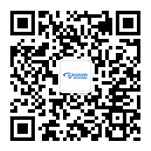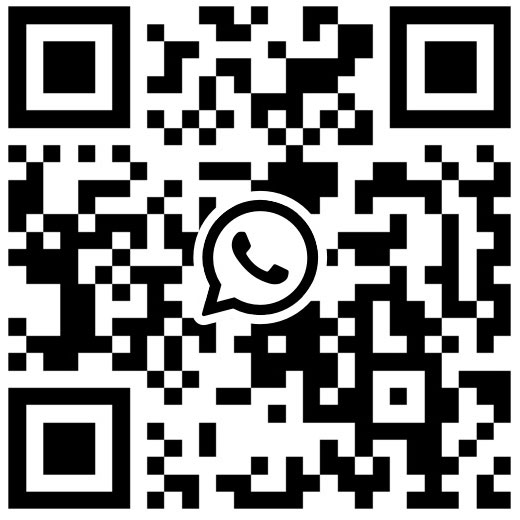

The cause of the running aground of the INDIAN PARTNERSHIP ship of the Israeli shipping family has been found
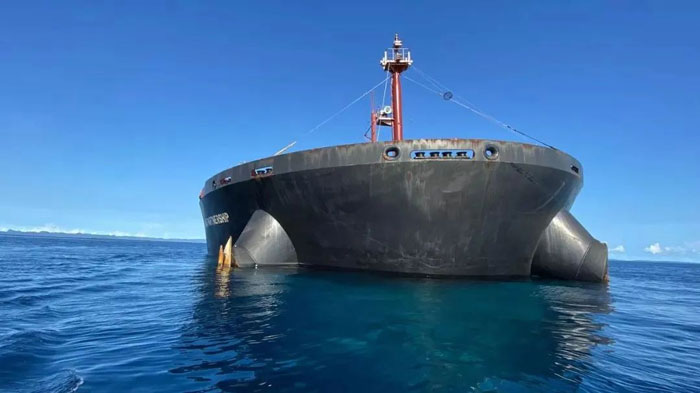
On April 23 last year, a fully loaded Capesize bulk carrier, the INDIAN PARTNERSHIP, ran aground off the east coast of Misor Island in Indonesia's southwestern Papua province.
The UK's Marine Accident Investigation Branch (MAIB) has released the preliminary findings of its investigation into the high-profile accident.
At 4:09 a.m. on April 23, 2023, the Cape of Good Hope dry bulk ship, INDIAN PARTNERSHIP, operated by Zodiac Maritime, a shipping company owned by the Israeli shipping king Eyal Ofer family, ran aground near Misor Island in the Indonesian archipelago.
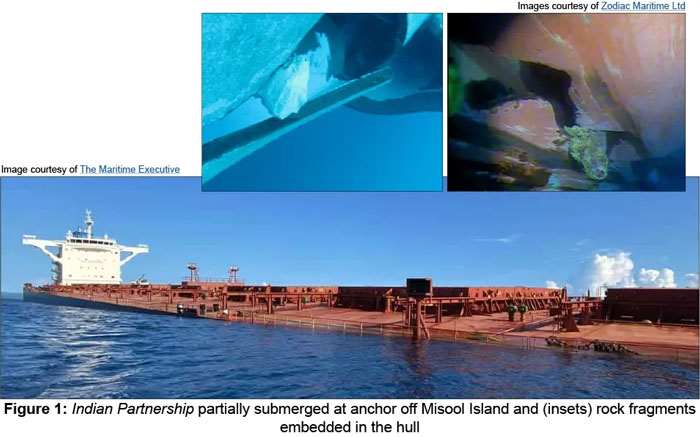
According to the report, the INDIAN PARTNERSHIP was built in 2014, has a deadweight ton of 181,000 dwt and flies the British flag. The ship set sail from the Scadden River in Australia on April 19, bound for Qingdao, China, with a full load of bauxite, reaching a maximum draft of 18.2 meters (full load).
At 4:05 am on April 23, 2023, the ship sailed between two shoals marked on the chart, which were separated by just 3 miles (2.6 nautical miles). Four minutes later, the ship suddenly shook and its speed plummeted. At this point, the chart indicated a depth of about 60 meters, while the sounder indicated a depth of about 30 meters. At 4:11 a.m., the bilge damage alarm sounded and the ship began to list to the right.
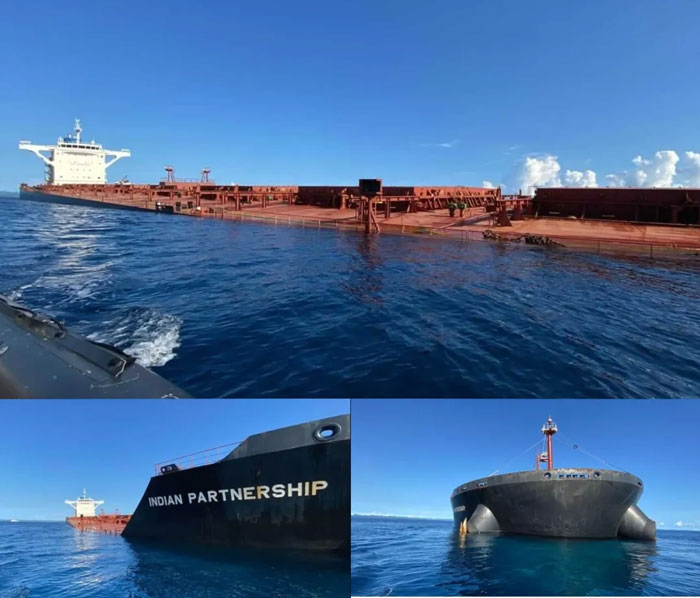
During the southbound voyage, the ship was unloaded, with a maximum draft of only 8.9 meters. However, on this northbound voyage, the pilot of the ship directly used the reverse voyage plan and did not fully evaluate the plan, "thinking" that it would not be a problem.
The information in the electronic chart ENC and the related Hydrographic Office ADMIRALTY publications has also not been fully reviewed. This omission allowed the ship to pass between the two shoals without sufficient attention being paid to the fact that the ship's draft was increased by 9.3 meters and it could still pass smoothly.
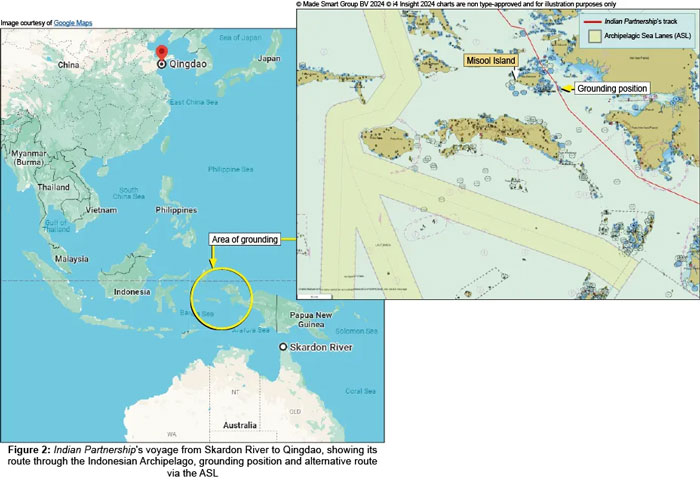
The authorities took swift action after the accident. ADMIRALTY has issued a notice to seafaring personnel marking a depth point of 18.3 metres at the stranding location and has forwarded this information to Pushidrosal, the Indonesian charting agency, to ensure that relevant charts are kept up to date. Zodiac Maritime also moved quickly to complete an internal investigation into the strandings, conduct an incident briefing with the captain, distribute a briefing to employees on the voyage plan review process, and send a letter to the fleet highlighting lessons learned from the incident.
The grounding accident of the bulk carrier INDIAN PARTNERSHIP has sounded the alarm in the navigation field. In the future navigation activities, the crew must review the navigation information more carefully, strictly follow the safety regulations, and rationally choose the route to avoid the recurrence of similar accidents.



